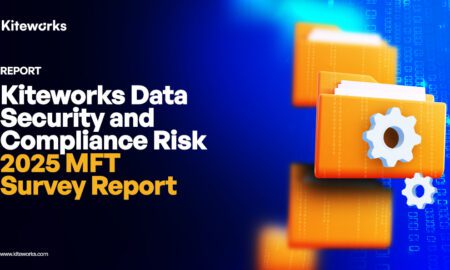The technological landscape is rapidly evolving, and innovations like Kubernetes and PostgreSQL are leading the way in transforming how businesses deploy and manage their databases. This article explores the exciting innovations behind deploying PostgreSQL databases on Kubernetes clusters, offering an efficient path toward serverless operations. Diwakar Krishnakumar, the author of this article, provides a detailed framework that addresses the challenges and potential of modernizing database infrastructure while balancing cost, performance, and control.
A New Era of Database Management
The integration of PostgreSQL with Kubernetes revolutionizes database management by offering cloud-native scalability while maintaining on-premises control. This combination allows organizations to scale databases efficiently, providing serverless-like capabilities without the complexity and high costs of traditional cloud solutions. It enables companies to run highly available, scalable, and resilient databases within their existing data centers, marking a significant shift in database infrastructure management.
Building the Foundation: Technical Prerequisites
To successfully deploy PostgreSQL on Kubernetes, a strong infrastructure foundation is essential. This includes configuring a Kubernetes cluster with adequate worker nodes, high-performance storage, and robust network infrastructure for both internal and external communications. High availability and fault tolerance should be prioritized through redundancy, and security at all layers—network, storage, and data encryption—must be ensured. Proper tool selection and configurations are key to building a reliable, secure PostgreSQL deployment.
Crafting the Architecture: Essential Components
Deploying PostgreSQL on Kubernetes requires a robust architecture using StatefulSets, ConfigMaps, and Secrets to manage state, configuration, and sensitive data. Persistent Volumes (PVs) and Persistent Volume Claims (PVCs) ensure data durability with dynamic provisioning and backup capabilities. High availability is achieved through failover mechanisms, load balancing, and replication strategies, ensuring continuous operation and resilience against failures for the PostgreSQL database.
Operational Efficiency Through Automation
The real power of this deployment model lies in its ability to automate operational tasks. By leveraging Kubernetes’ automation capabilities, such as Horizontal Pod Autoscaling (HPA) for scaling read replicas, organizations can optimize resource utilization without compromising database performance. Kubernetes allows businesses to define scaling thresholds, ensuring that their databases remain responsive to varying workloads.
Moreover, automated backup and recovery mechanisms ensure that data is protected and easily recoverable. This level of automation also extends to database management tasks like resource allocation and monitoring, further improving operational efficiency and minimizing manual intervention.
Balancing Control and Flexibility: A Hybrid Approach
Deploying PostgreSQL on Kubernetes in a data center offers a hybrid approach that balances control with cloud-like scalability. This model is ideal for businesses in regulated industries like finance, healthcare, and government, allowing them to maintain strict data sovereignty while customizing database configurations and scaling to meet operational needs.
It also enables cost optimization by utilizing existing on-premises hardware. Unlike cloud-native solutions like AWS Aurora, deploying PostgreSQL on Kubernetes offers a flexible, cost-effective alternative, ensuring compliance with regulatory requirements and providing businesses with greater control over their infrastructure.
The Path to Serverless: Achieving Cloud-Like Scalability
Achieving serverless-like scalability on-premises is possible through intelligent Kubernetes orchestration. By leveraging auto-scaling, connection pooling, and dynamic resource allocation, businesses can mimic serverless benefits such as responsive and cost-efficient database operations. Horizontal and vertical scaling strategies enable businesses to handle both predictable and variable workloads efficiently, optimizing resource use and improving overall performance. This approach ensures better scalability and flexibility without fully relying on cloud platforms.
Looking Ahead: Future of Database Infrastructure
The deployment of PostgreSQL on Kubernetes represents more than just a technical solution; it is a forward-thinking approach to database management that aligns with the future of container orchestration and cloud-native technologies. As organizations continue to explore new ways to optimize their infrastructure, the integration of Kubernetes with PostgreSQL offers a scalable, secure, and cost-effective solution.
In conclusion, Diwakar Krishnakumar’s article highlights how deploying PostgreSQL on Kubernetes within a data center environment can revolutionize database operations. By addressing key challenges in infrastructure design, security, and scalability, this approach provides businesses with a roadmap for modernizing their database infrastructure while retaining control over their data. As container orchestration technologies continue to evolve, PostgreSQL on Kubernetes will remain at the forefront of innovations in database management.





























